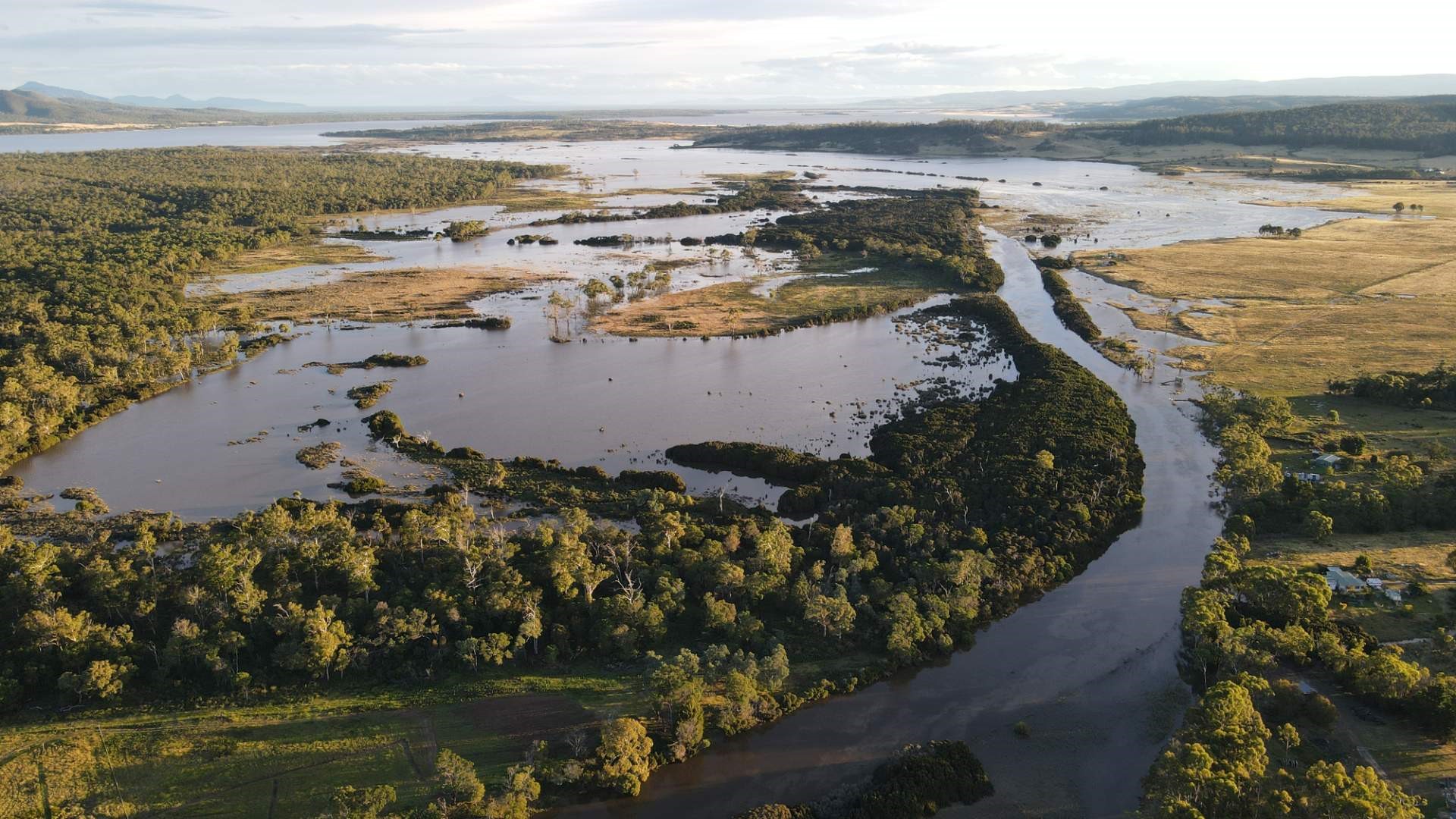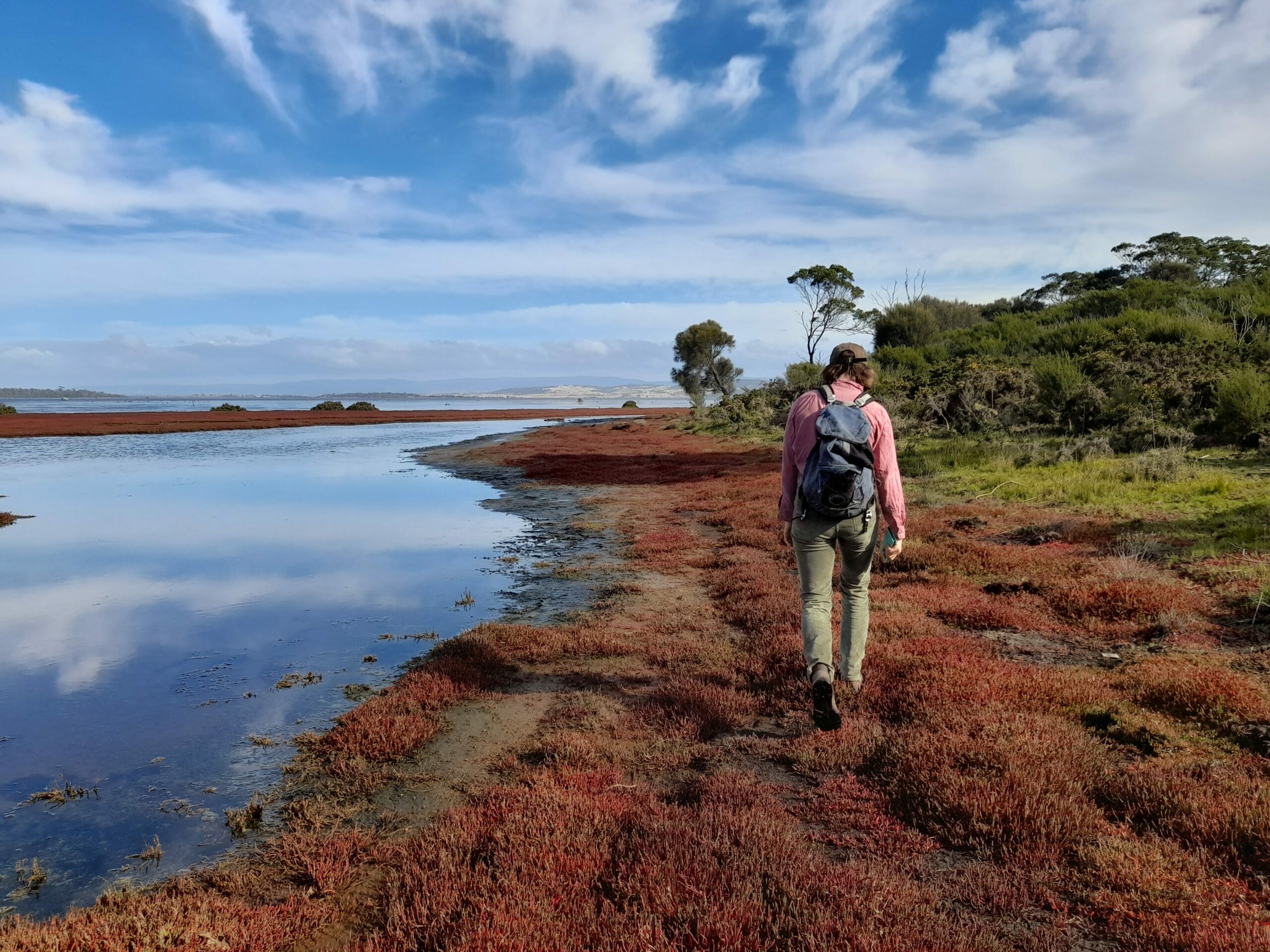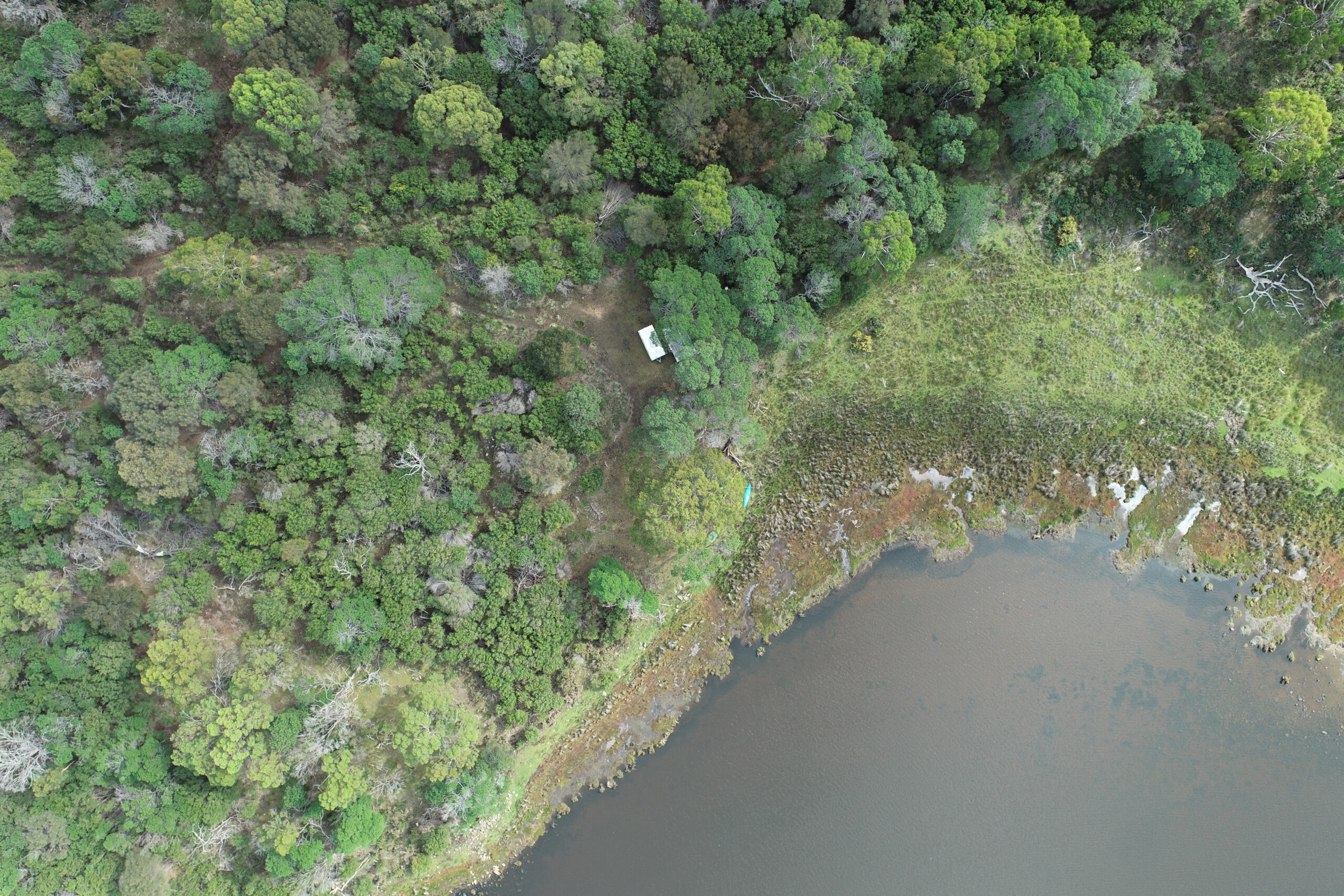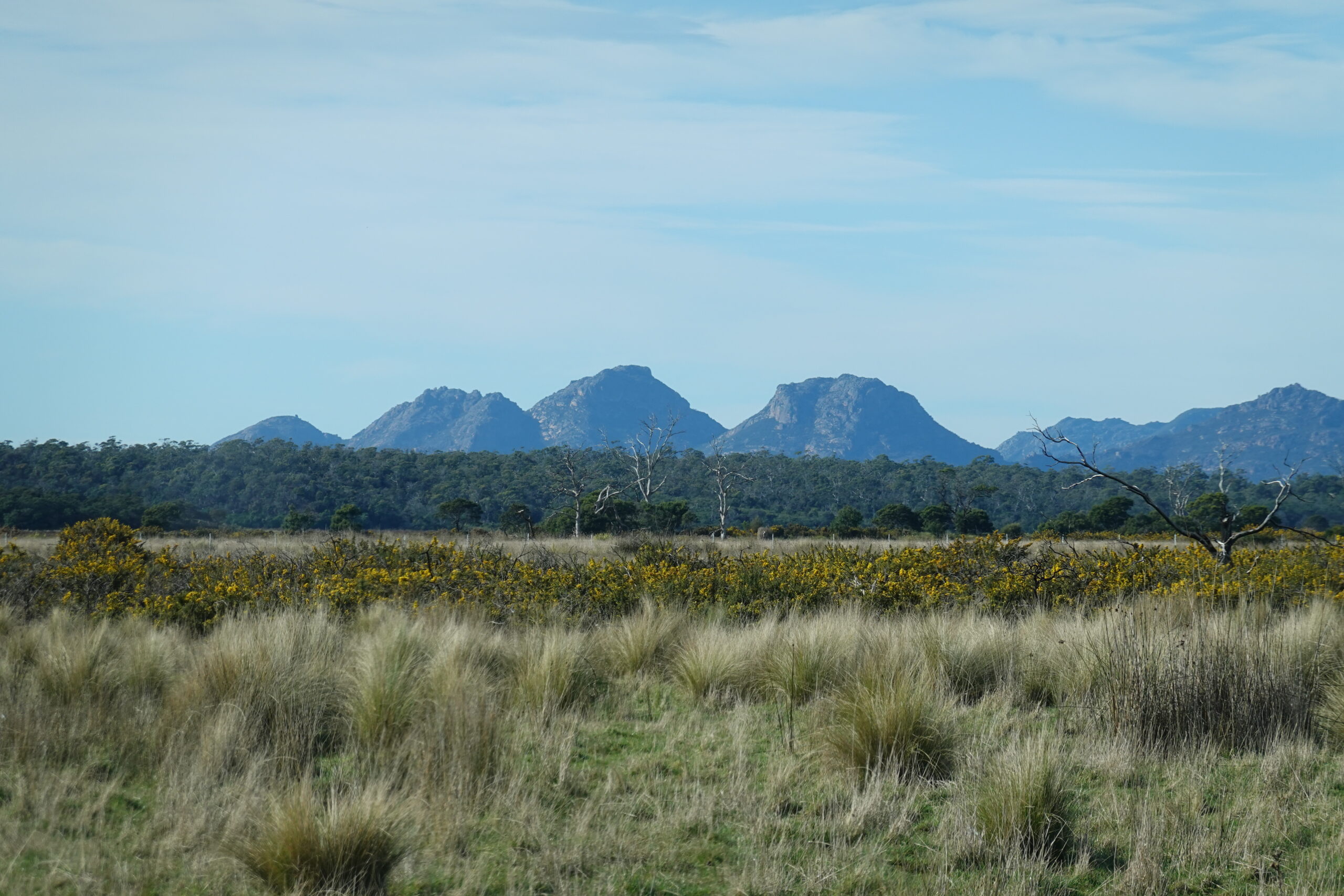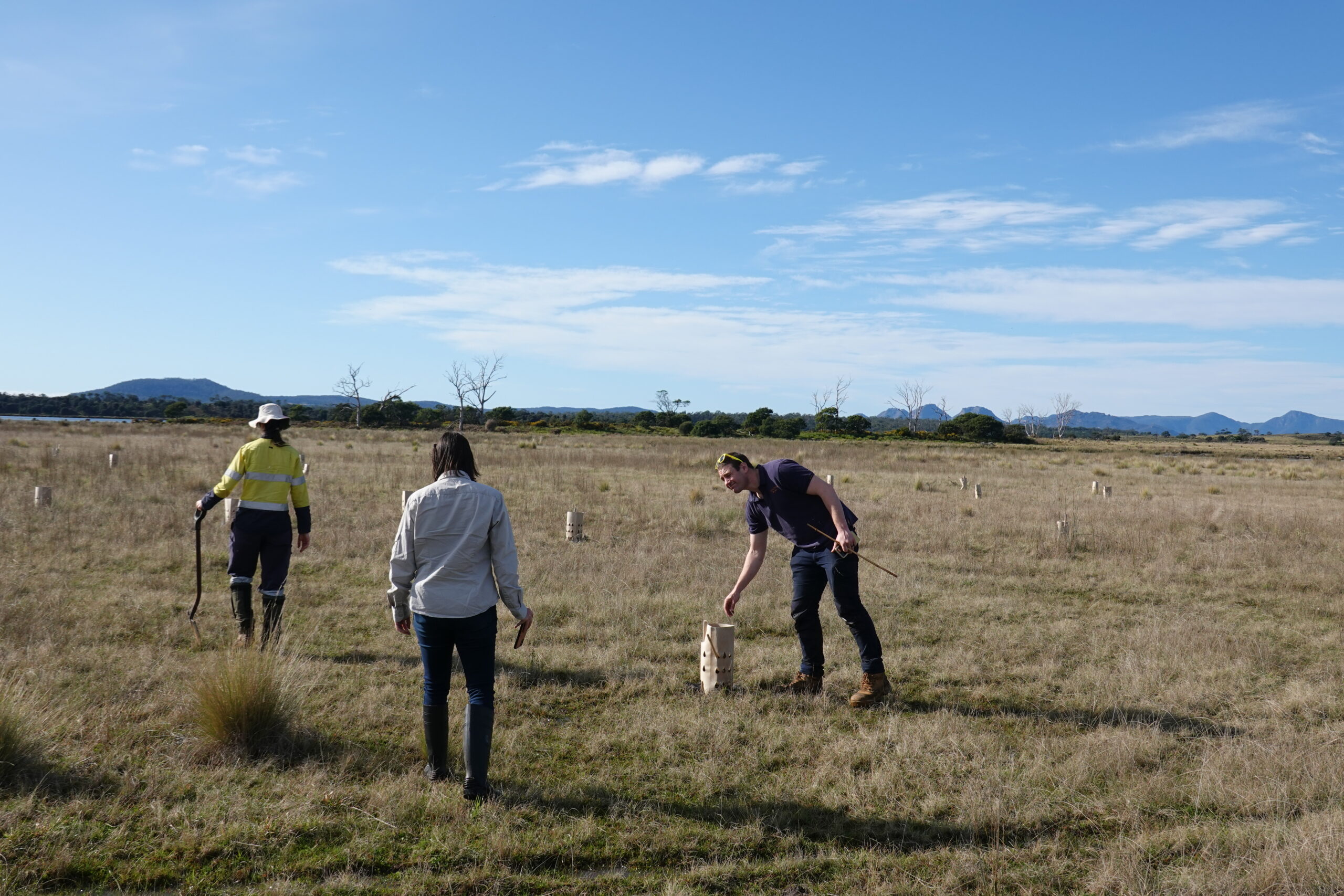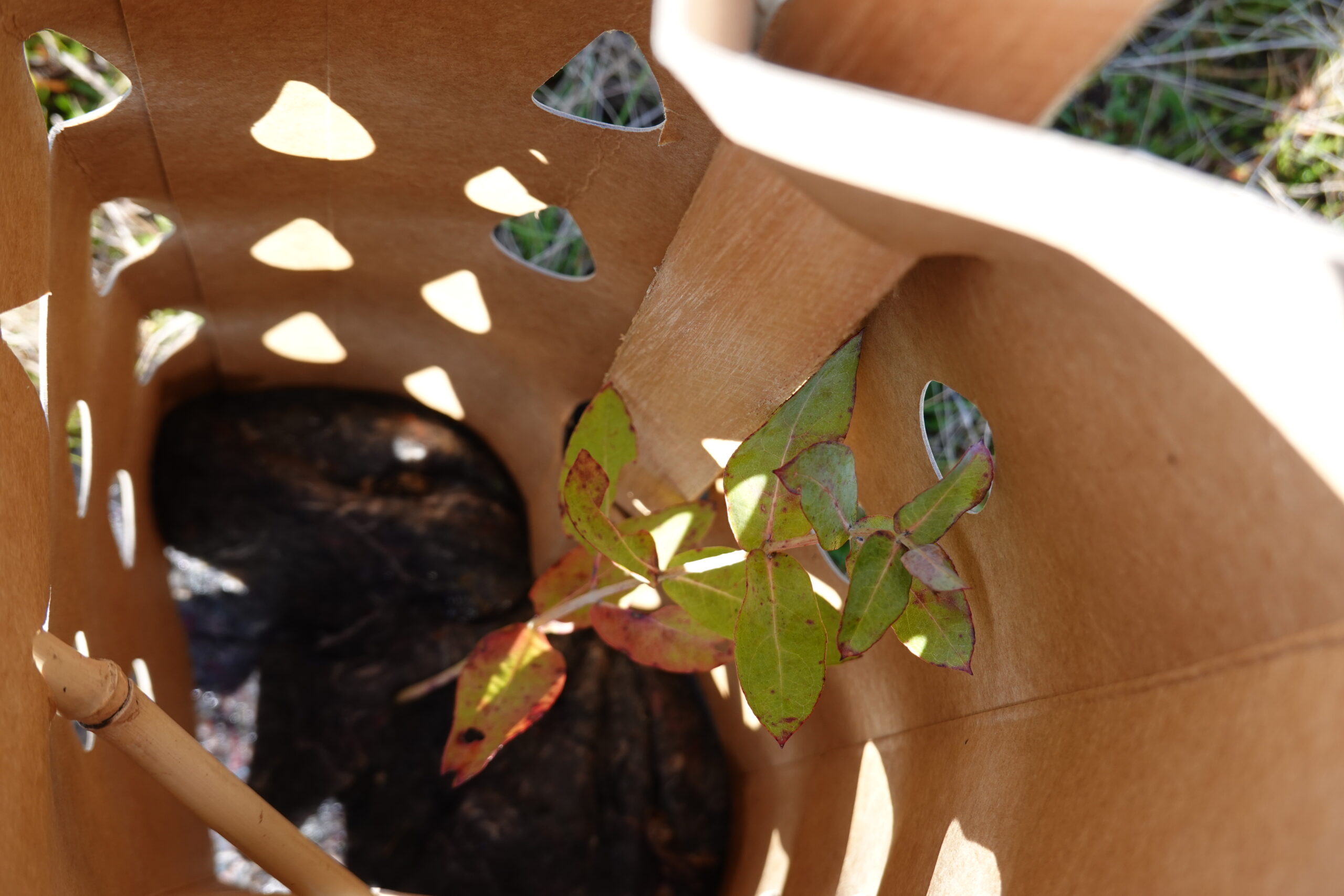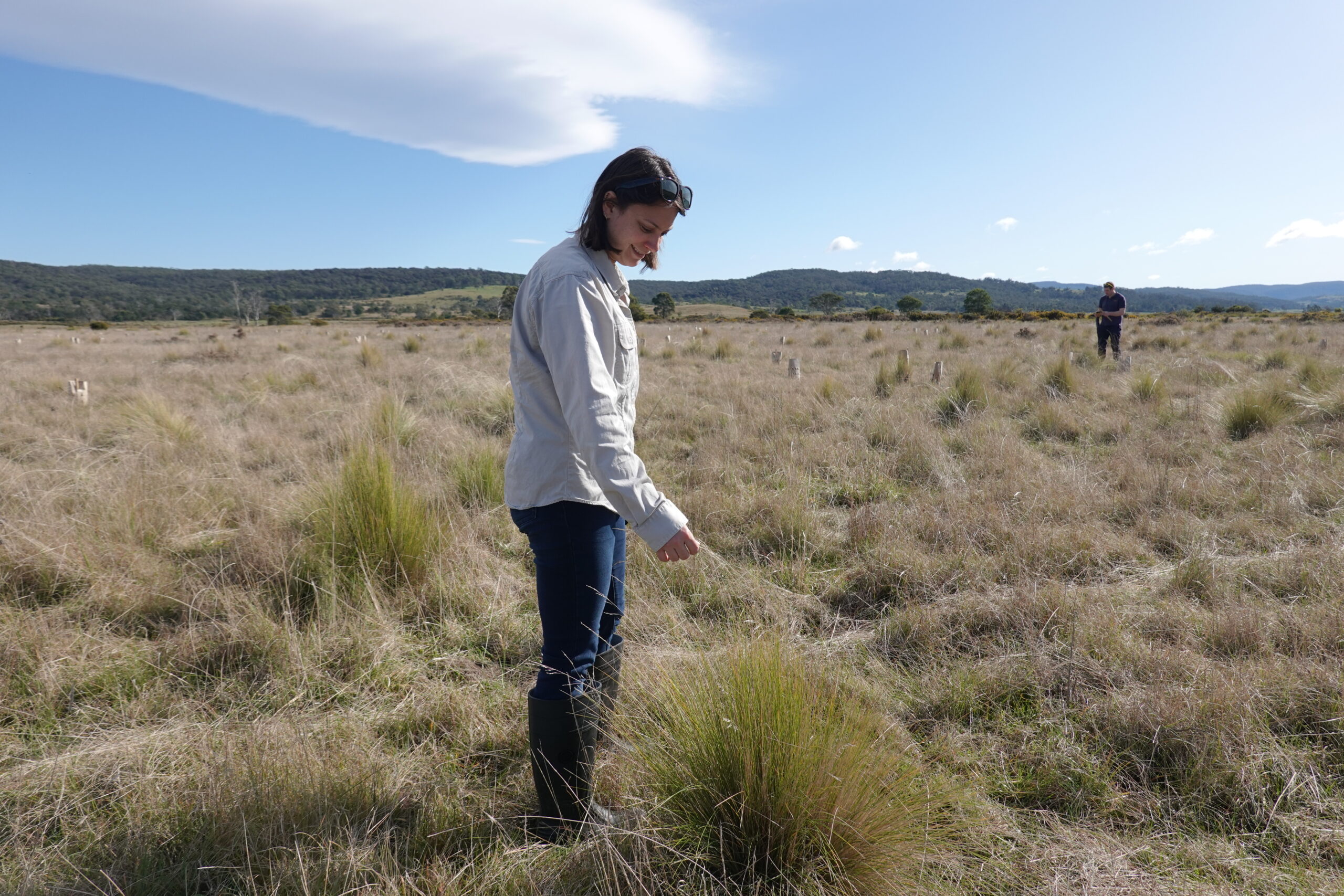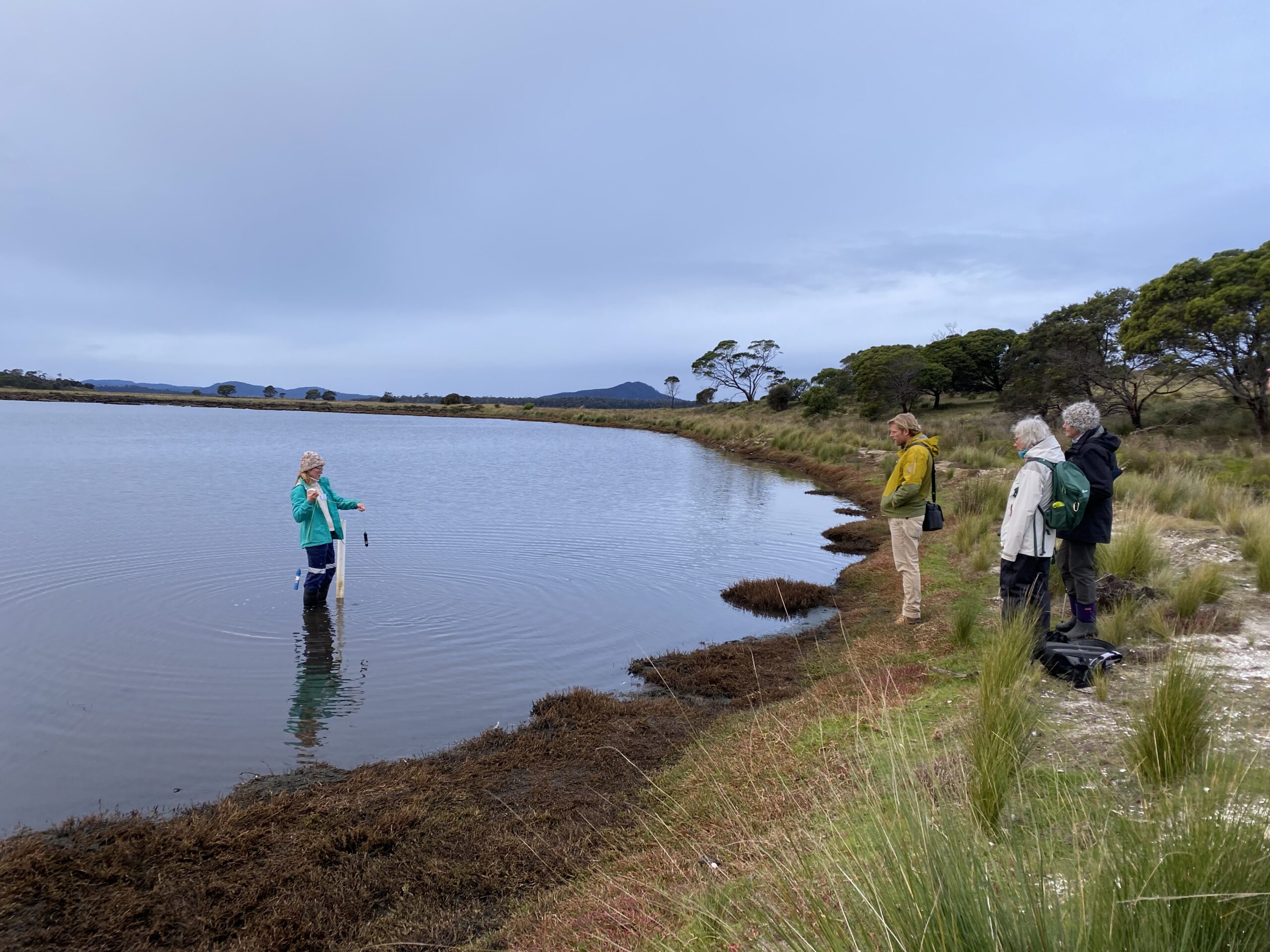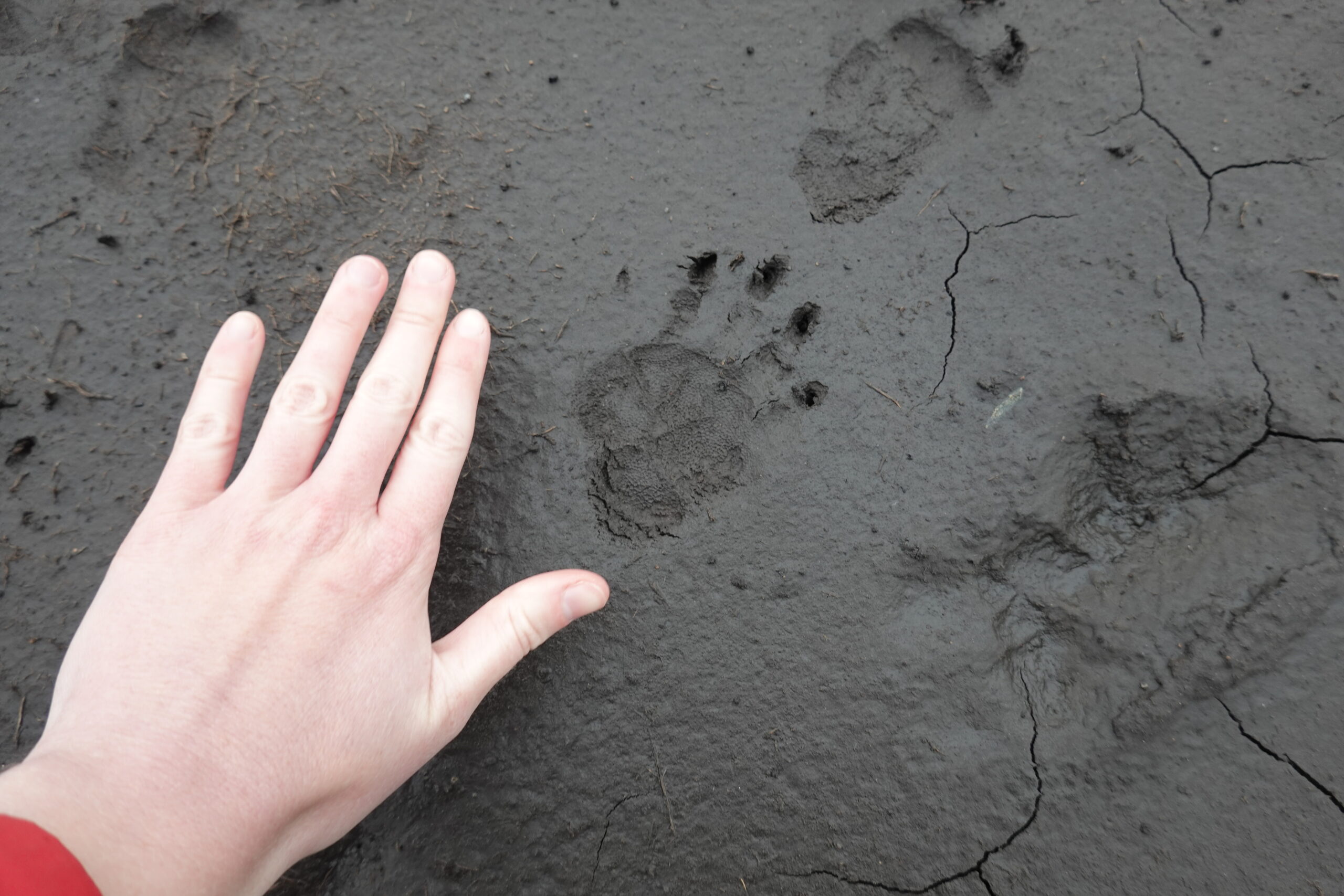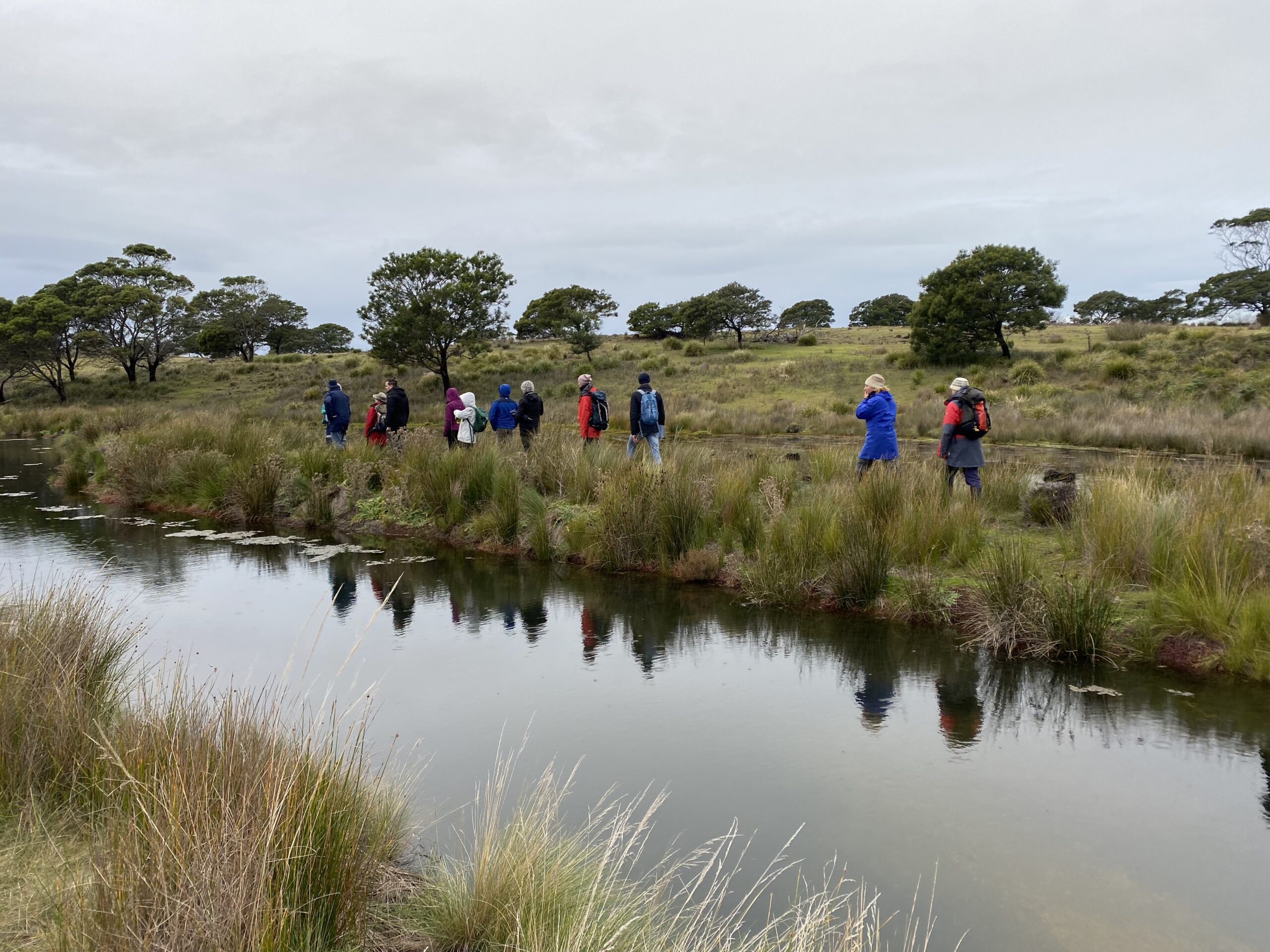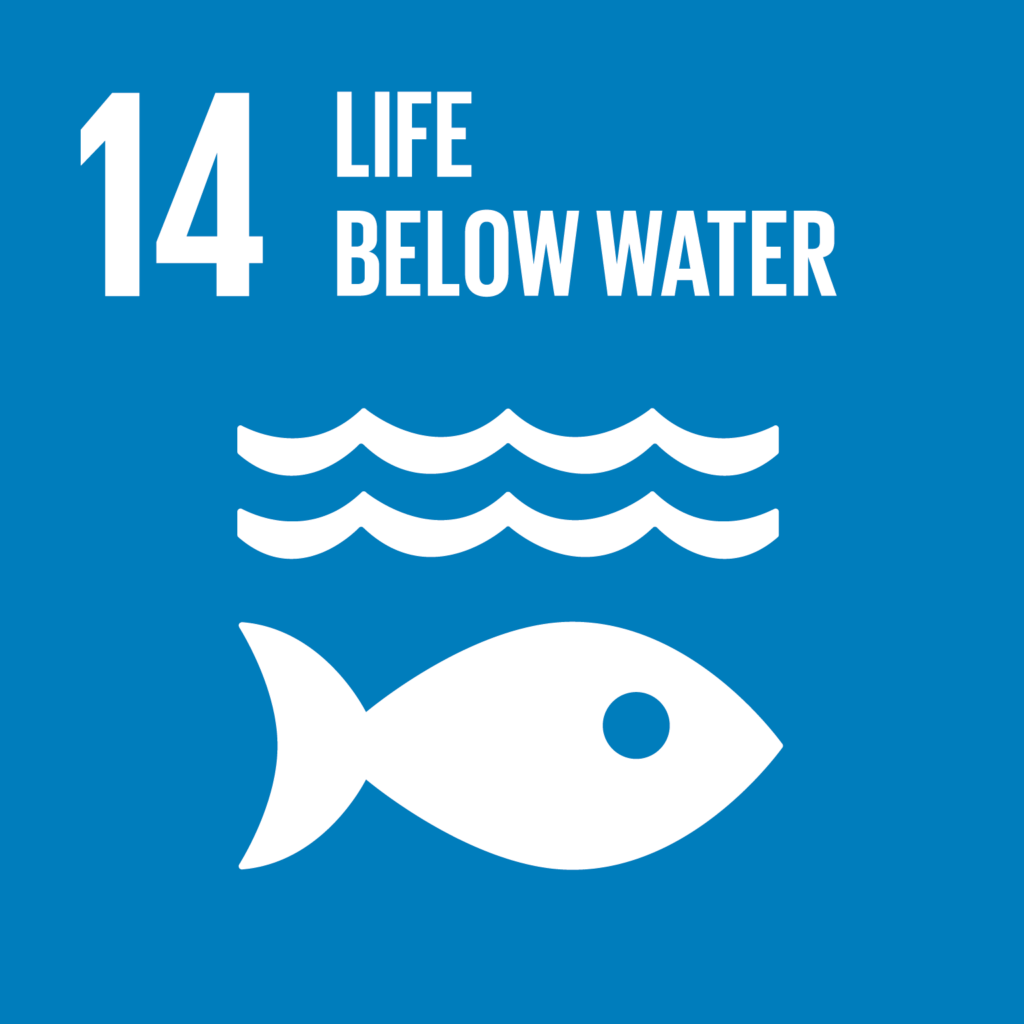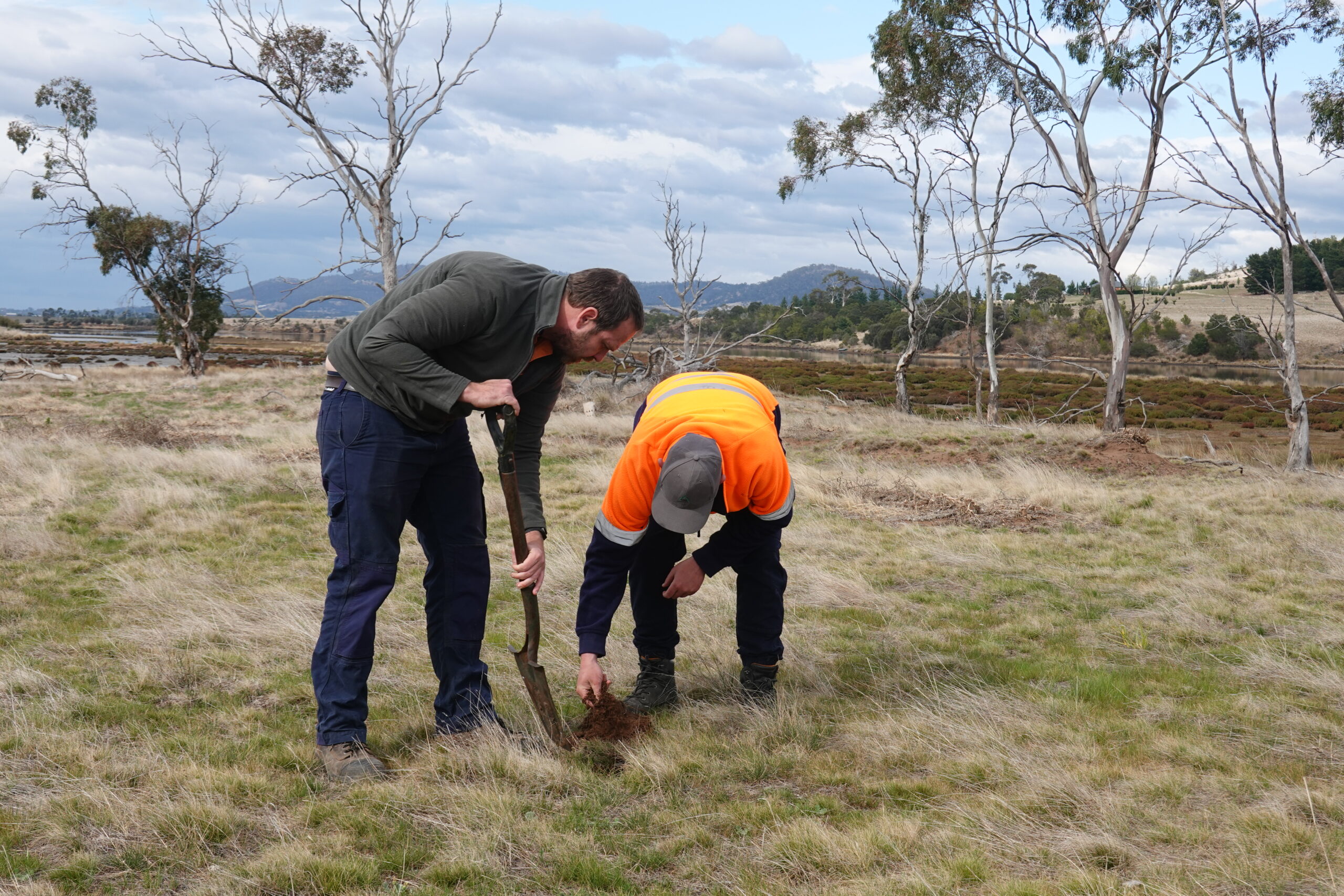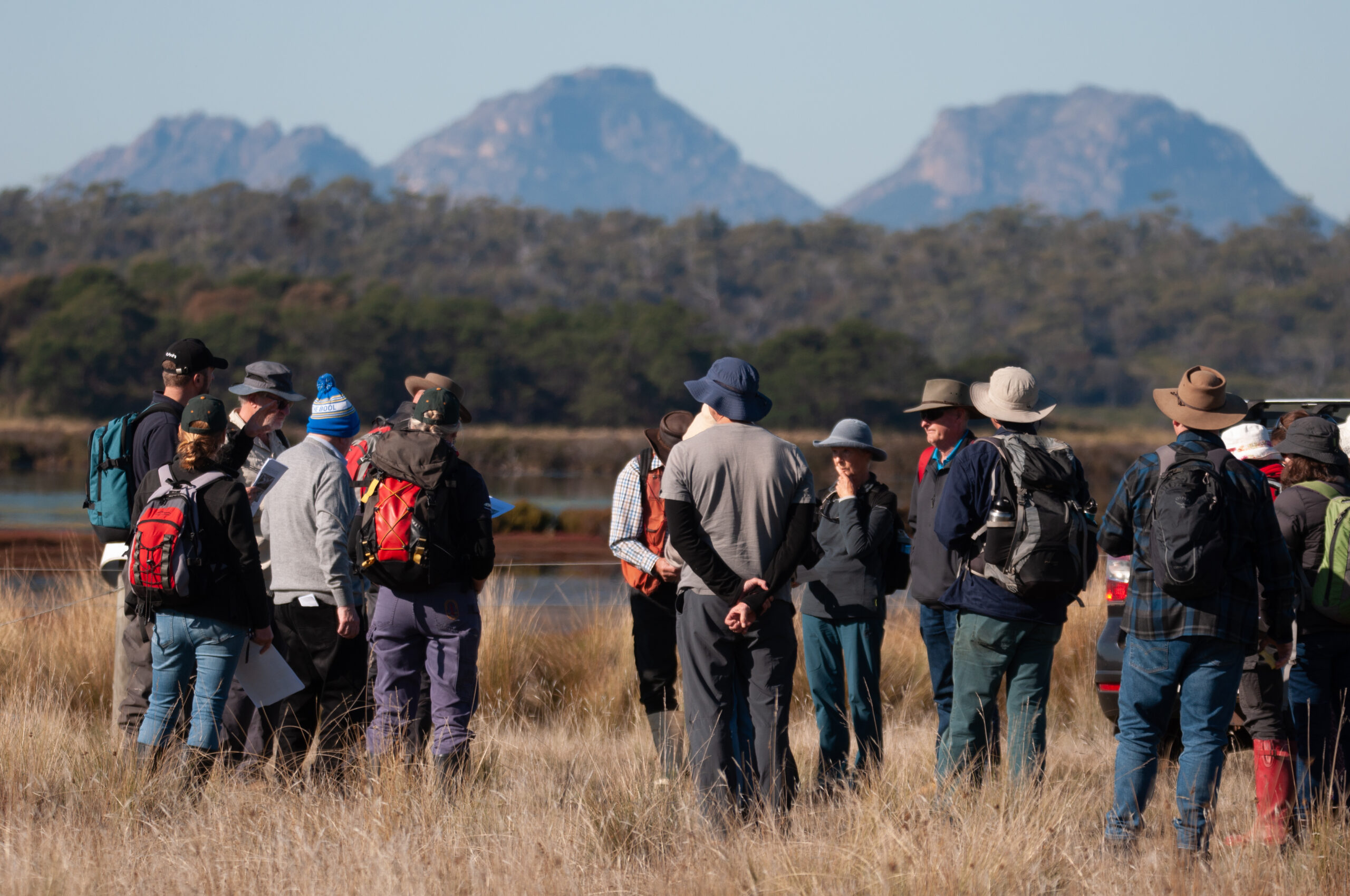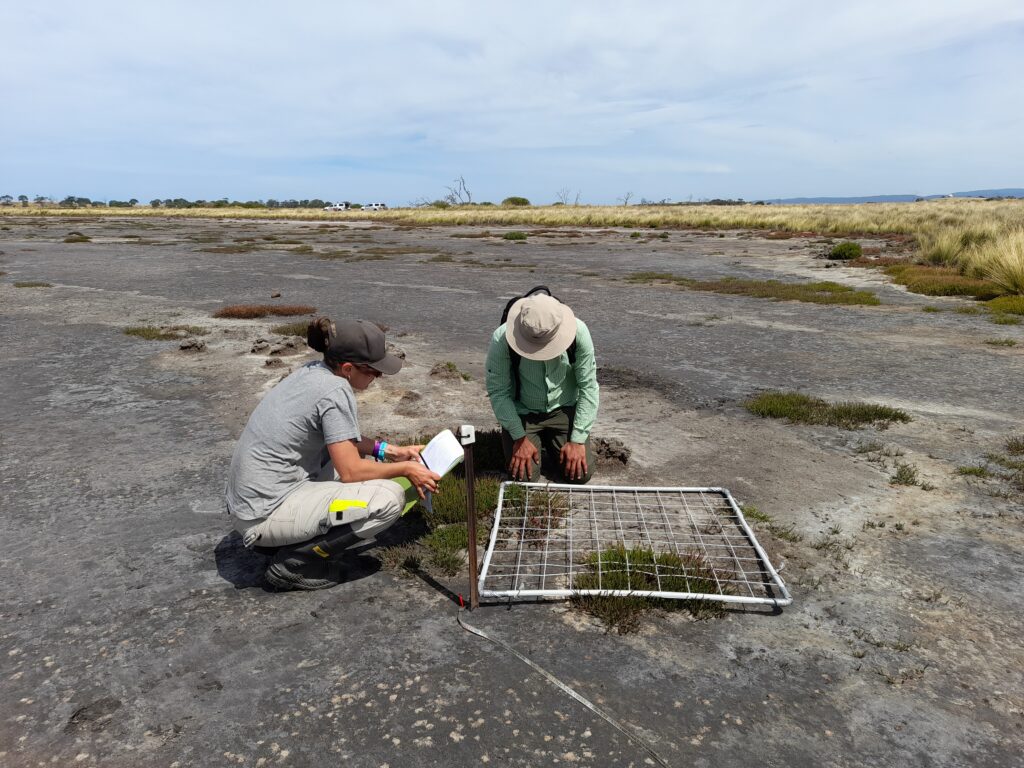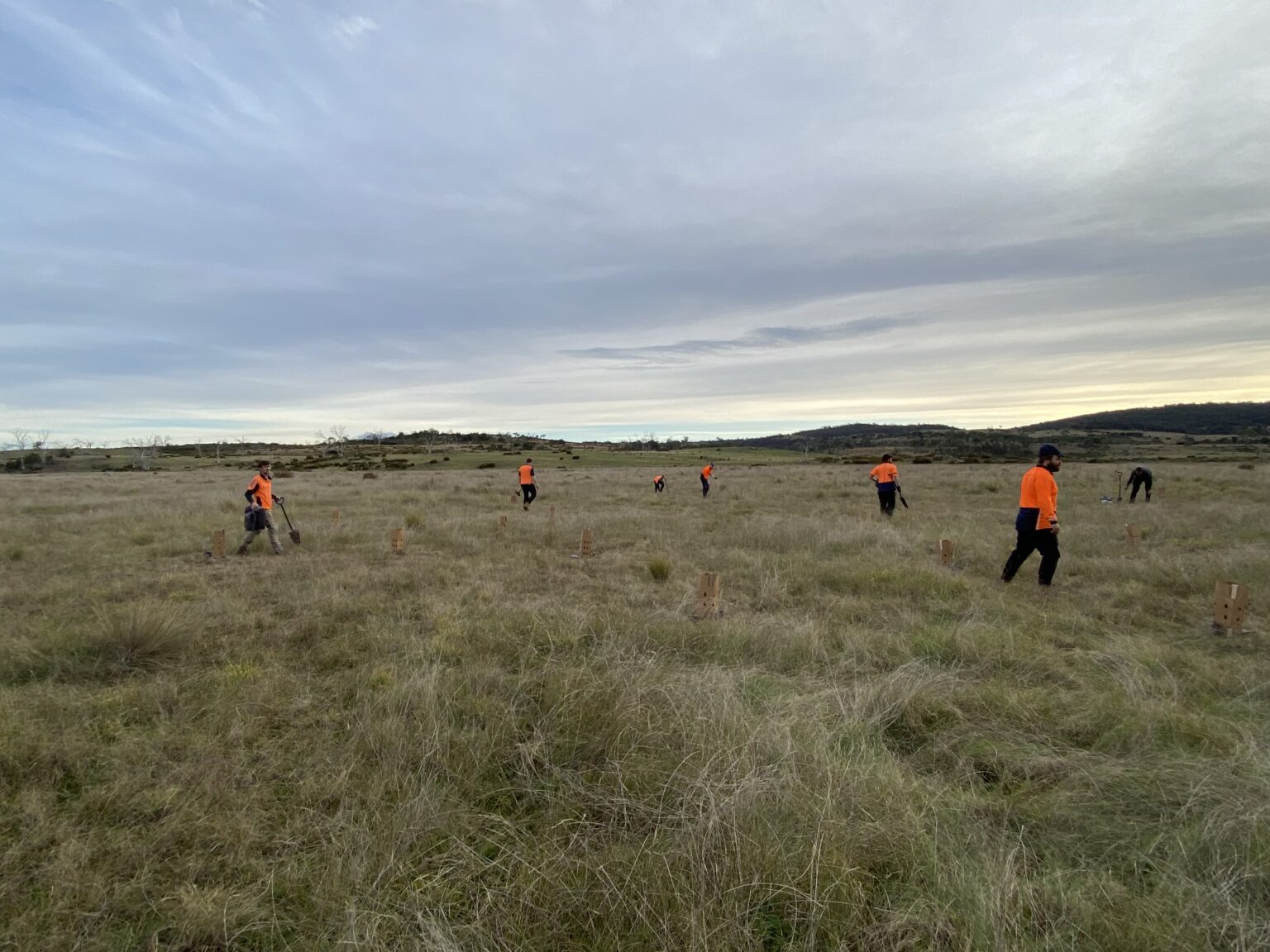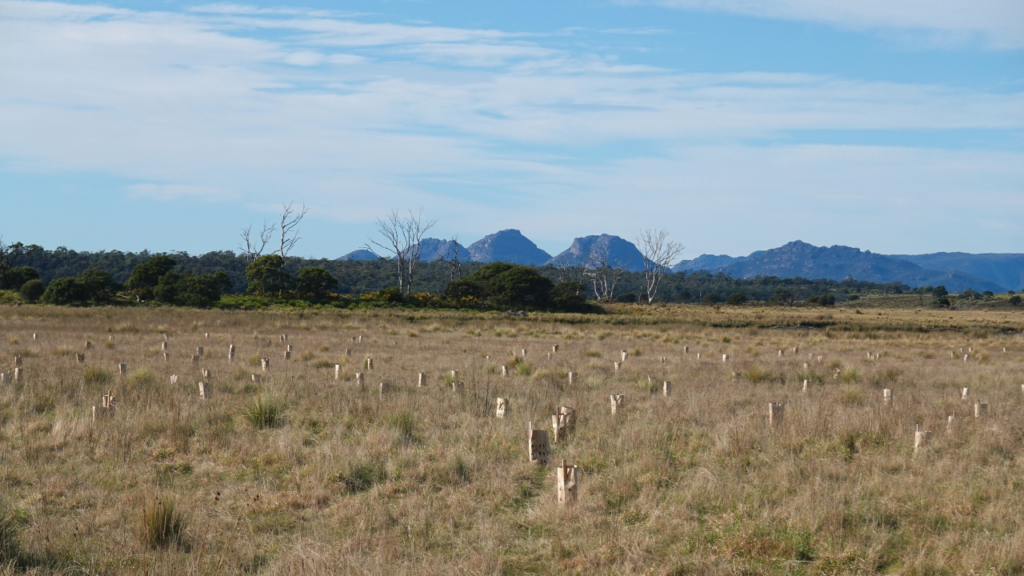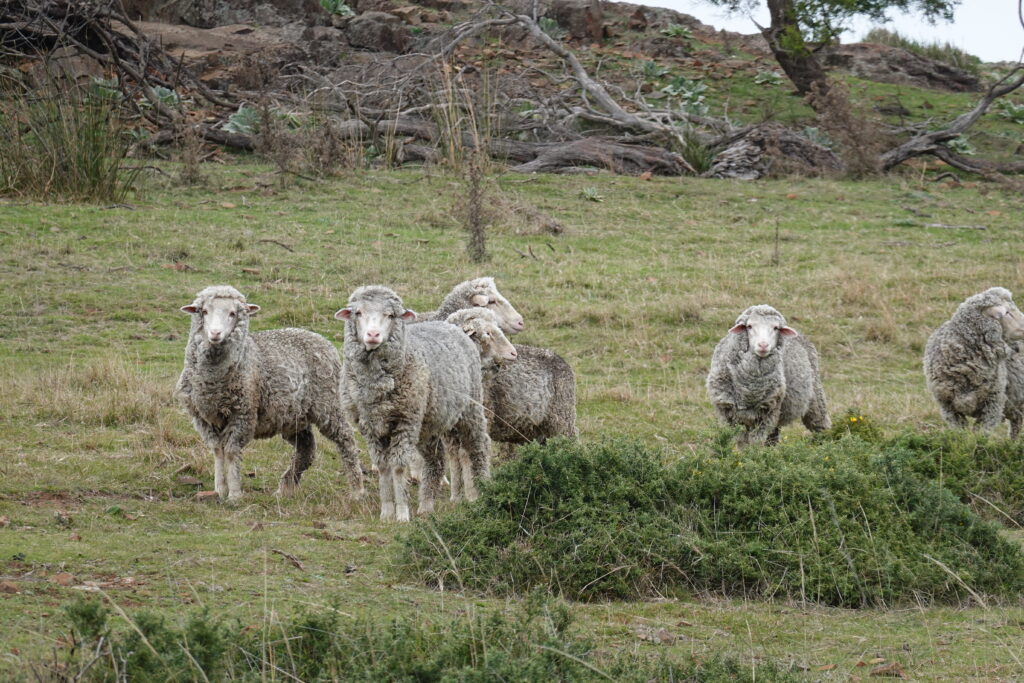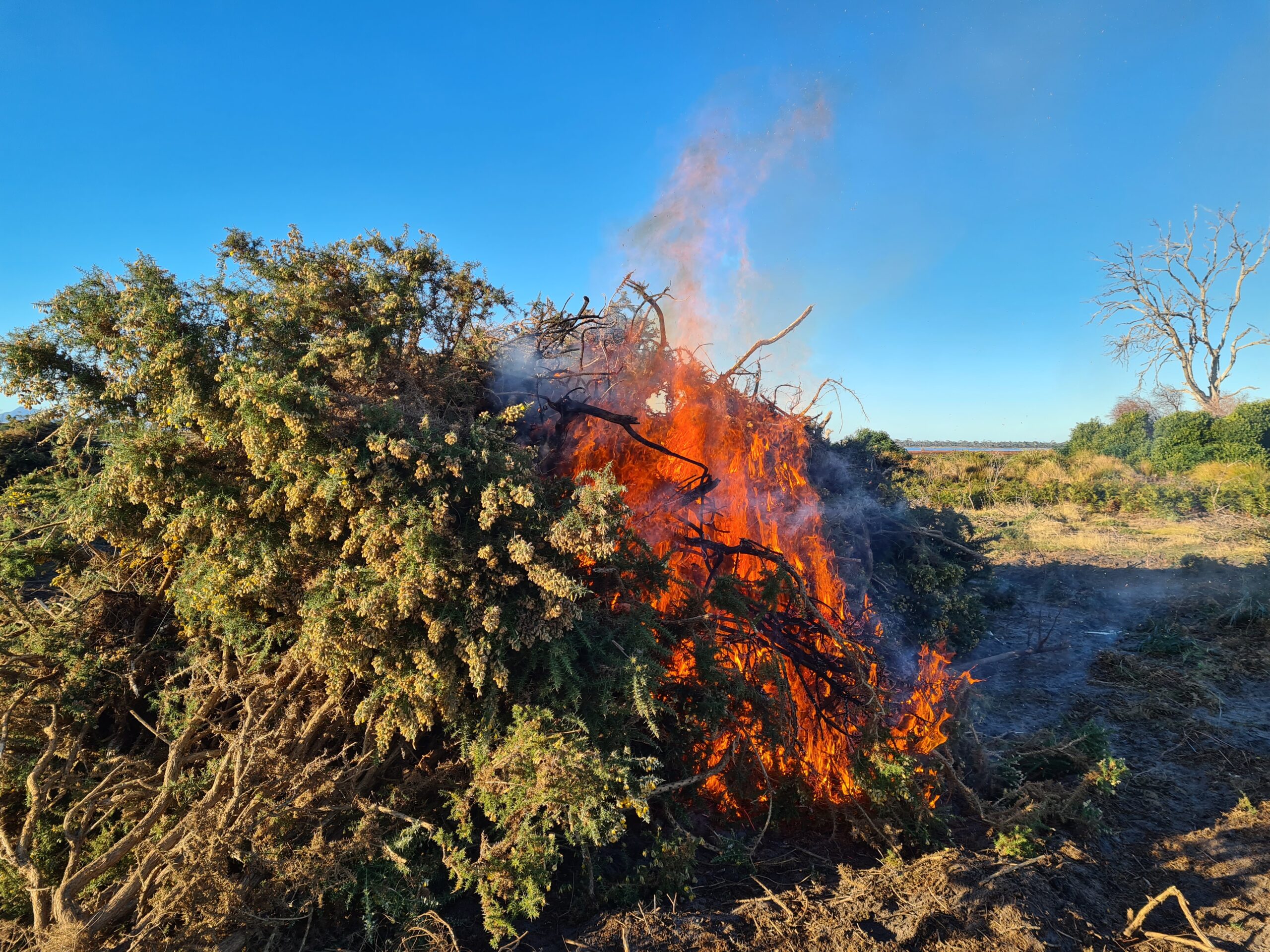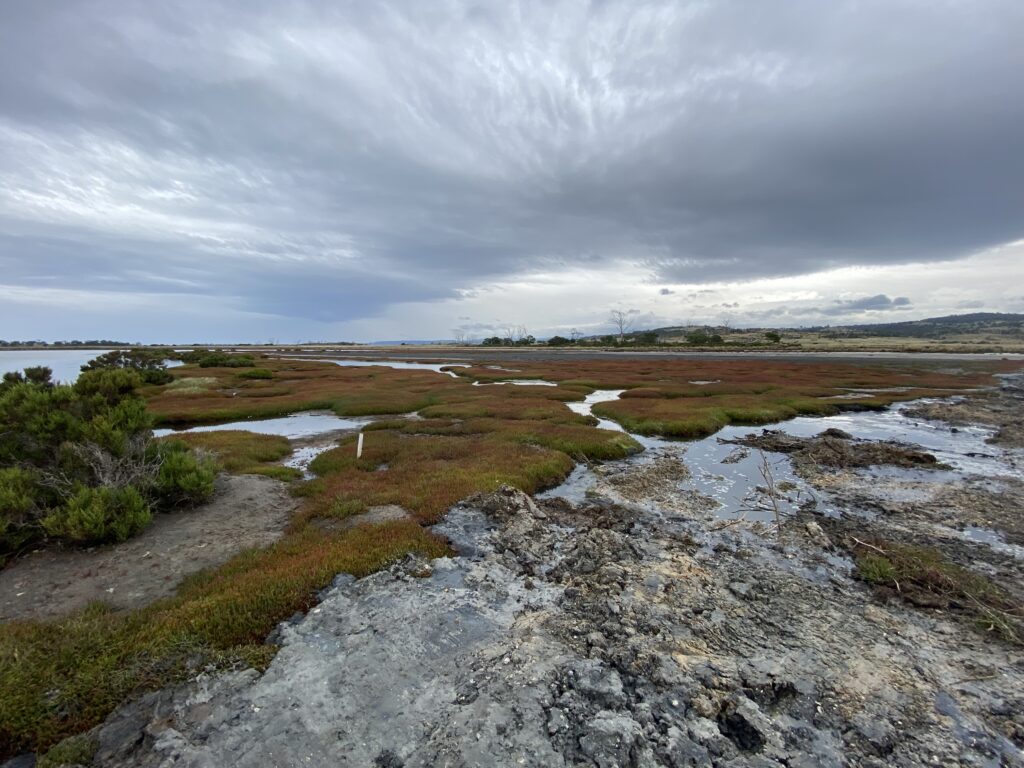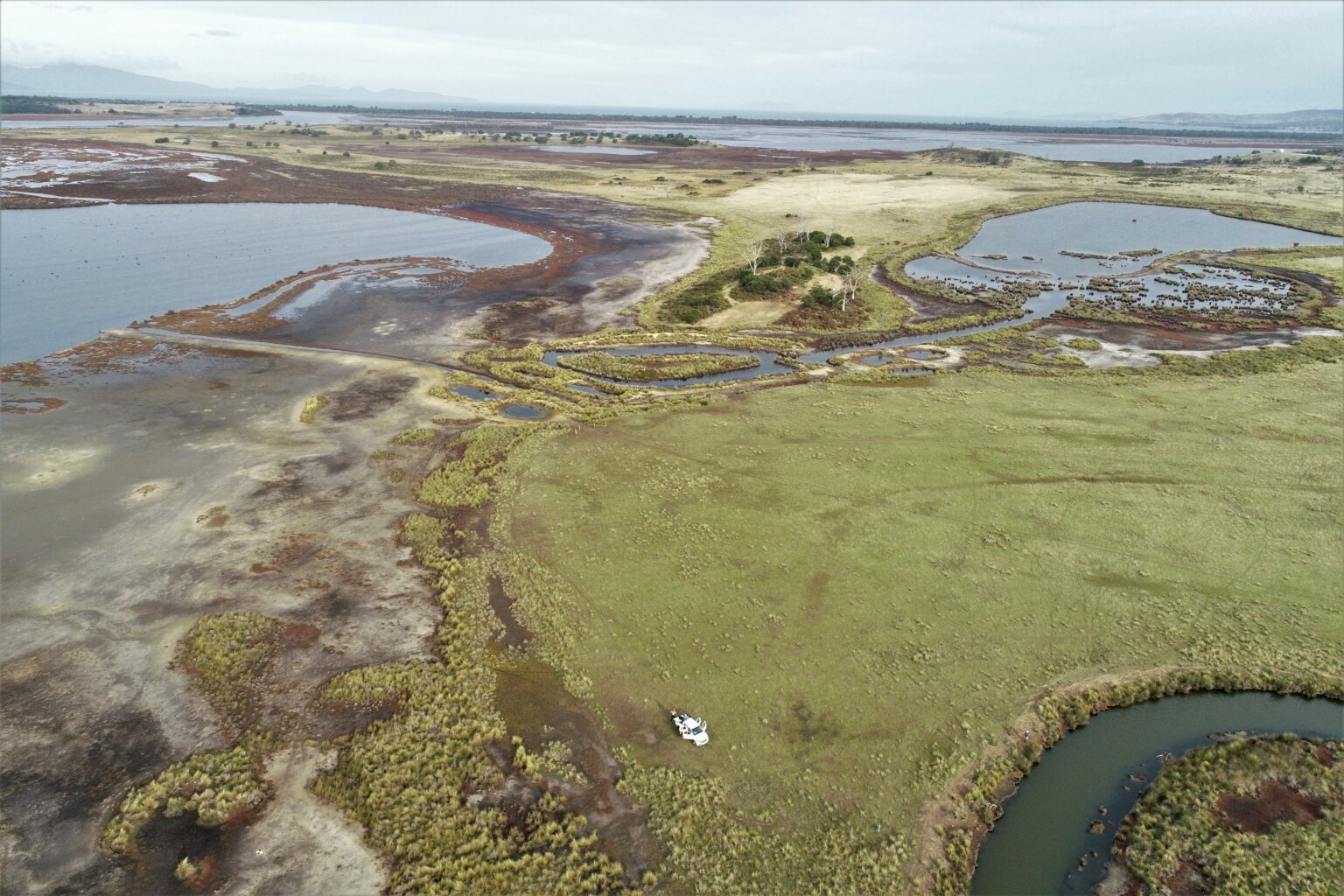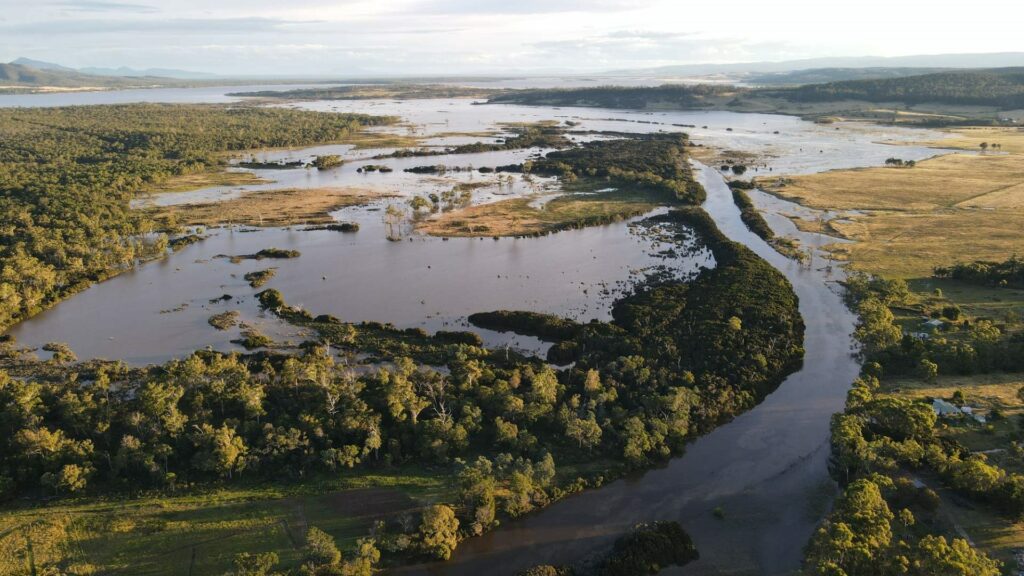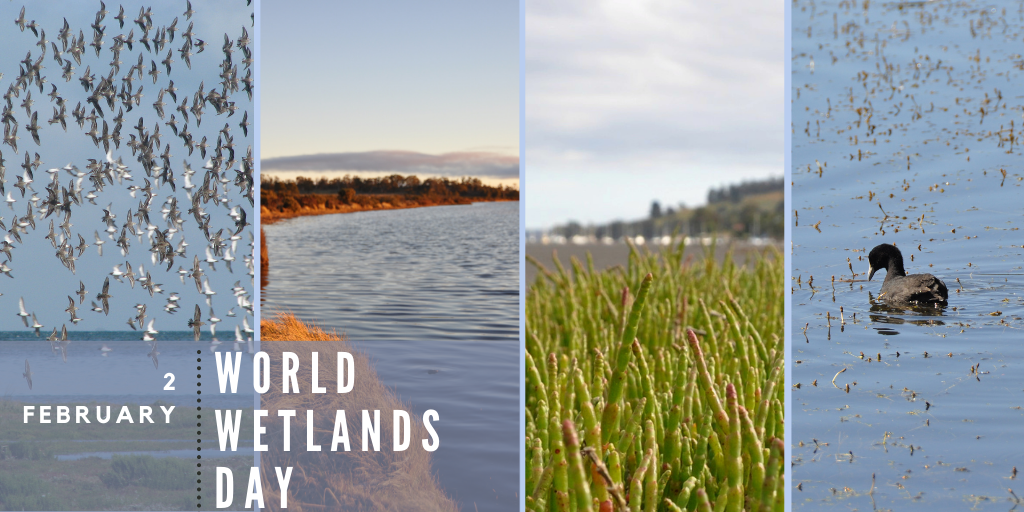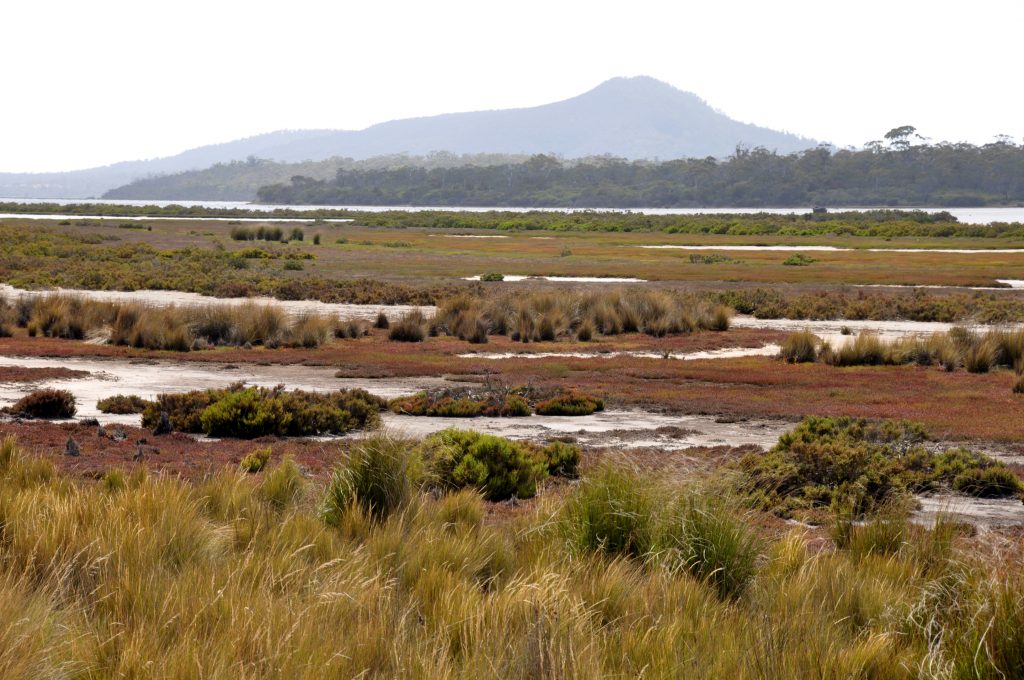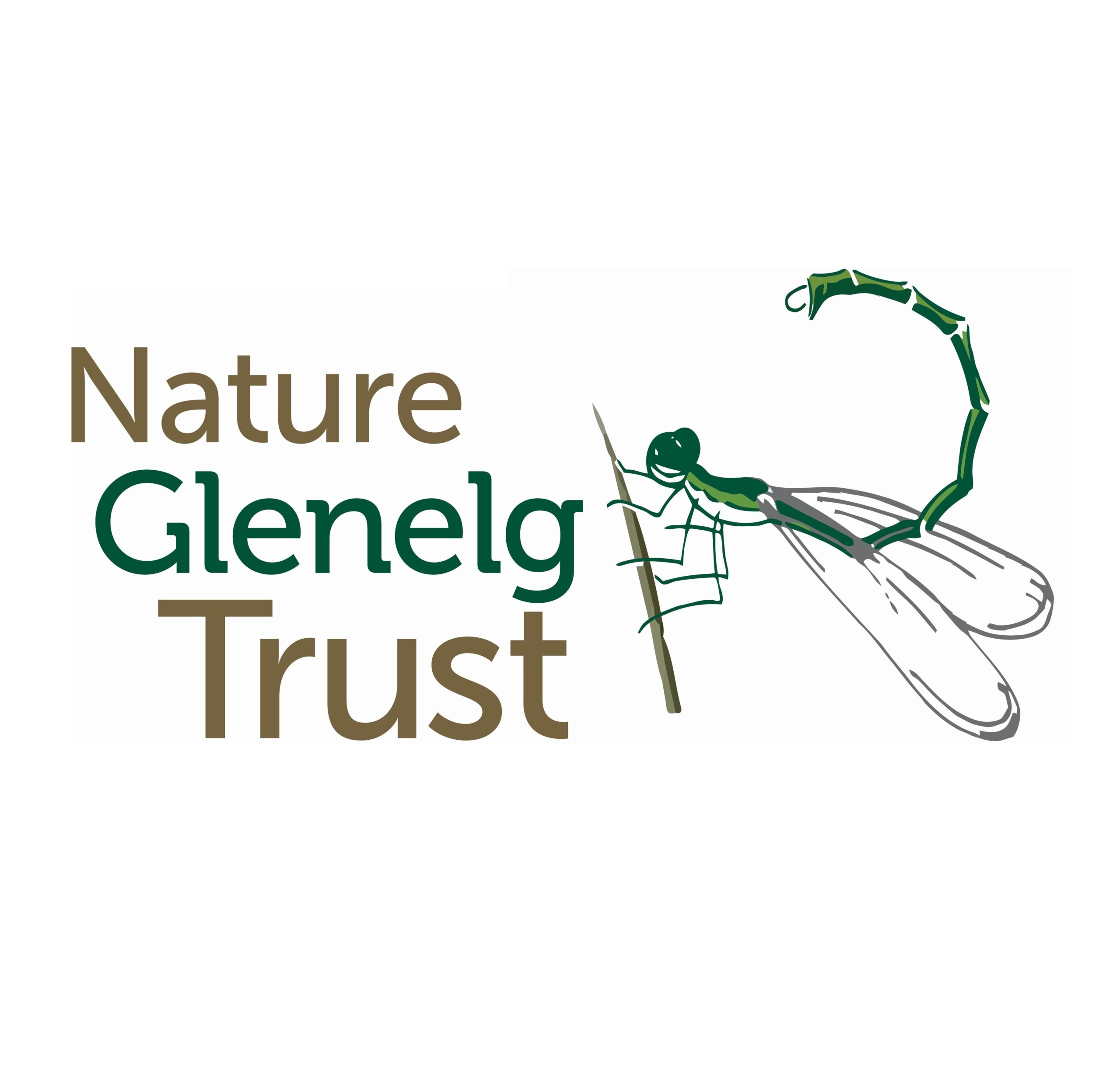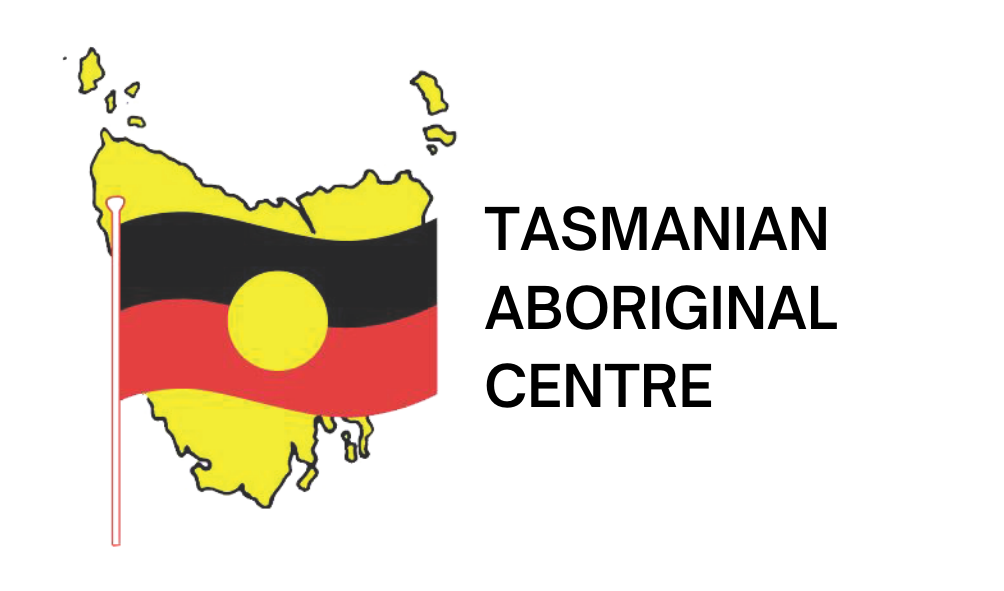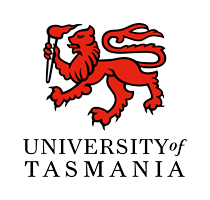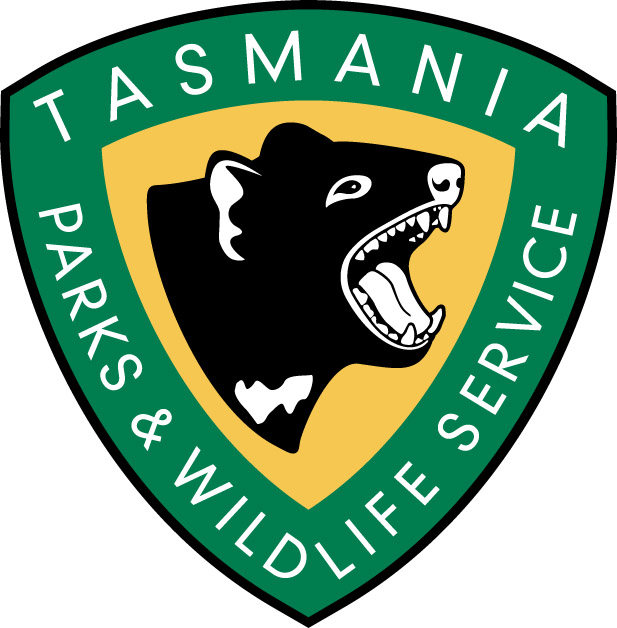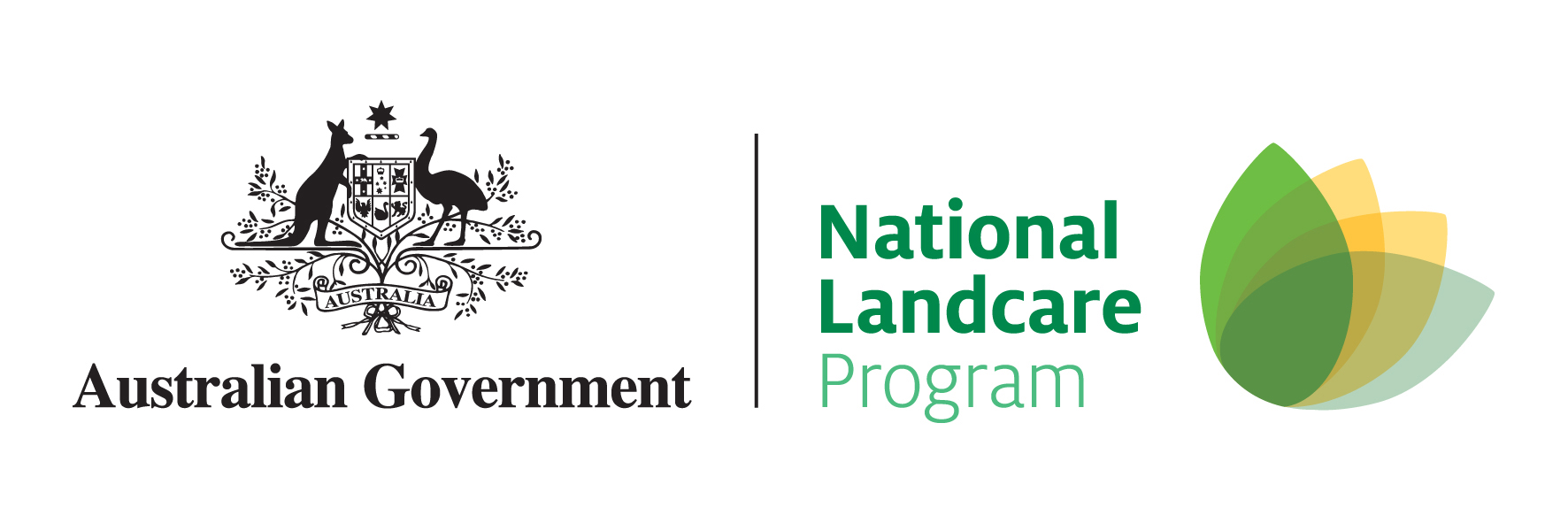Important Wetlands
Situated at the northern end of Great Oyster Bay on Tasmania’s east coast, Moulting Lagoon and the nearby Apsley Marshes are important wetland areas. They provide critical habitat for waterbirds (including migratory species), are important fish nurseries, and filter water running off the land into the sea. The land surrounding these Ramsar-listed sites is also important for agriculture and tourism, and the waterways themselves are important for aquaculture such as mussels and oysters.
NRM South has worked to address threats to Moulting Lagoon and support landholders to improve wetland health for the benefit of species and industries that are reliant on this ecosystem. The region’s saltmarsh and wetland communities are under threat from weeds, incursions by livestock and vehicles, the impacts of agricultural activities in the surrounding landscape and a changing climate. These processes have caused damage to soil and vegetation and changes to how water moves across the landscape (hydrology).
Our Approach
Working in partnership with the Tasmanian Land Conservancy, Nature Glenelg Trust, Tasmanian Aboriginal Centre, University of Tasmania, Tasmania’s Parks and Wildlife Service and local landholders, we;
- Carried out priority weed control, fencing to restrict stock and vehicle access, and the strategic establishment, restoration, and protection of fringing vegetation (including wetland, saltmarsh and dry eucalypt forest;
- Restored natural flows in areas at Long Point affected by altered drainage, within the Moulting Lagoon Ramsar Site;
- Analysed current eco-hydrological character of Apsley Marshes to guide future activities;
- Established relationships with, and engagement from, landholders, and;
- Recognised the importance of the area to Traditional Owners and supporting involvement by the Tasmanian Aboriginal community in land management activities including traditional burning/fire management and surveying native fauna and introduced pests at the sites.
PROJECT PILLARS IMPORTANT WETLANDS
Background
The Moulting Lagoon and Apsley Marshes Ramsar sites are contiguous. They lie within the Glamorgan-Spring Bay municipal area.
The Moulting Lagoon Ramsar site, plus several sections of coastal reserve surrounding it and an additional area of land to the north, is located within the Moulting Lagoon Game Reserve, under the management of the Tasmanian Parks and Wildlife Service (NRET). Apsley Marshes is situated within a working agricultural property at the mouth of the Apsley River. A small portion of the site also falls within the Moulting Lagoon Game Reserve.
Moulting Lagoon is one of the most complex and extensive wetland systems in Tasmania, and is home to many rare and significant plants and animals. The western shore has been largely cleared, with patches of remnant vegetation remaining. It is used for livestock grazing and viticulture. The eastern shore is relatively undisturbed.
Apsley Marshes has some of the best representatives of a range of wetland types in Tasmania, including estuarine waters, coastal freshwater marsh and swamp. It has a great richness and diversity of freshwater and marine plants.
Recreational and commercial activities at these sites include shooting, fishing, boating, aquaculture, tourism, off-road driving, birdwatching and camping. The area is known for its Aboriginal cultural significance.
These sites were listed as wetlands of international importance under the Ramsar Convention on Wetlands in 1982.
Weed Control
Invasive plant species that pose a threat to the Moulting Lagoon and Apsley Marshes Ramsar sites include gorse (Ulex europeus), crack willow (Salix fragilis), which are Weeds of National Significance. Gorse can out complete native plants, provide shelter for pest animals and increases the risk of bushfires. Crack willow can change hydrology, reduce water quality and available oxygen and directly threaten aquatic plants and animals.
NRM South have ben working with pakana services and the Tasmanian Land Conservancy to remove gorse from across 587 hectares of land surrounding Moulting Lagoon and Apsley Marshes. Gorse control works were predominantly undertaken via spraying, however some mechanical control methods were used for larger plants or plants close to the wetlands edge.
NRM South and Enviro-Dynamics targeted crack willow across 90 ha of the Apsley Marshes and upstream areas. The willow was access via boat and treated using drill and fill and/or cut and paste methods, with the cut sections placed above the high-water level.
Fencing
NRM South and project partners, the Tasmanian Land Conservancy, Tasmanian Parks and Wildlife Services, Devil’s Corner and private landholders have worked together to install just over 7 km of fencing across land adjacent to Moulting Lagoon. Maintaining or installing boundary fencing to prevent stock and vehicles accessing the saltmarsh can reduce saltmarsh damage, reduce disturbance to shorebirds and minimise erosion. In total, the fencing will exclude stock from 596 ha, which will allow the saltmarsh and wetland vegetation communities to re-establish.
Revegetation
NRM South and project partners, the Tasmanian Land Conservancy, Tasmanian Parks and Wildlife Services, Devil’s Corner and private landholders have worked together to install just over 7 km of fencing across land adjacent to Moulting Lagoon. Maintaining or installing boundary fencing to prevent stock and vehicles accessing the saltmarsh can reduce saltmarsh damage, reduce disturbance to shorebirds and minimise erosion. In total, the fencing will exclude stock from 596 ha, which will allow the saltmarsh and wetland vegetation communities to re-establish.
Hydrology
We partnered with Nature Glenelg Trust to restore natural drainage to key areas at Moulting Lagoon to improve connectivity and allow for extension and movement of saltmarsh communities.
At the beginning of the project NGT used historical data, community knowledge and modern technology to create a picture of how the ecology and water flows of Moulting Lagoon have changed over time. To help build on this knowledge, and to establish a baseline of the current conditions, NGT implemented a monitoring regime to monitor water level and salinity and changes in wetland vegetation. Using this information NGT developed a hydrological restoration plan, which has been implemented over the past two years.
The first phase of on-ground works commenced in March 2022 and the remainder took place in February-March 2023. The goal of the remedial works was to reinstate the natural landform to allow for the recovery of the natural hydrological regime across the site, and the re-establishment and recovery of saltmarsh and fringing wetland communities.
Aboriginal Engagement
Ranger staff from the Tasmanian Aboriginal Centre and young Aboriginal community members participated in the Tasmanian Land Conservancy’s WildTracker workshops to learn wildlife monitoring techniques that they can apply on country.
Using these monitoring techniques, TAC with support from TLC, undertook the annual fauna monitoring surveys at two of the project properties adjacent to Moulting Lagoon. Forty-six motion sensor cameras were set up across three sites; two within the project area, where the restoration works will be undertaken, and a third control site in an area of intact native vegetation with saltmarsh and grassy woodland. Images collected over four weeks were uploaded to the WildTracker site for classification and analysis. The data collected has been used to assess baseline condition and evaluate ongoing environmental outcomes of the project.
NRM South also supported the Tasmanian Aboriginal community to facilitate and attend cultural fire workshops over the three years. Up to 50 Tasmanian Aboriginal community members from the various regions of Tasmania attended the workshops.
These activities are important for the Tasmanian Aboriginal community in the revitalisation of cultural fire practice. The workshops aim to bring together various knowledges around landscape, biodiversity and culture that inform the way in which the community cares for country.
Project Achievements
- Management plans for three properties, which detail public-benefit actions to protect the ecological character of the Moulting Lagoon and Apsley Marshes Ramsar Sites.
- Drone images and mapping of weeds and vegetation across five private properties surrounding Apsley Marshes and Moulting Lagoon. The data collected will provide a weed and vegetation baseline that can be used to plan and assess the effectiveness of weed control activities.
- Weed control work across 587 ha of land fringing Moulting Lagoon and 90 ha within the Apsley Marshes.
- 8 km of fencing to protect 596 ha of saltmarsh and wetland from stock and vehicle access.
- Members of the Tasmanian Aboriginal community attended annual cultural fire management training to develop their knowledge of principles of cultural fire management.
- Wildtracker fauna monitoring training provided to Tasmanian Aboriginal Centre employees, who carried out annual fauna monitoring on two project properties.
- The University of Tasmanian undertook flora (saltmarsh) monitoring to determine the success of the destocking on the saltmarsh recovery.
- Investigations into the site’s hydrological history by Nature Glenelg Trust to provided recommendations for hydrological restoration works.
- NGT identified and established a hydrological monitoring regime on two properties. The regime collected data on the impacts of artificial drains on Ramsar Sites’ ecological character, and informed the on ground actions implemented to redress these impacts.
- After a year of background research, site assessment and planning NGT developed a Hydrological Restoration Plan for two private properties adjacent to Moulting Lagoon. The plan was used to guide the physical restoration works on land fringing the Lagoon.
- Hydrological restoration of 9 ha of modified drainage has been completed across two private properties adjacent to Moulting Lagoon. 114 hectares of threatened saltmarsh habitat is now being positively influenced by the works via restored hydrological connectivity with Moulting Lagoon.
- Restoration of fringing vegetation was undertaken across 20 ha adjacent to Moulting Lagoon.
- PWS undertook realignment and/or strategic hardening on a 1 km long track at Breakfast Point. This will maintain public access, while minimizing erosion and impacts on the saltmarsh.
Key Milestones
8 km of fencing protecting 596 ha of saltmarsh
20 ha revegetation
3 management plans
677 ha of weed control
9 ha of hydrological restoration works
What's Next
NRM South have been running projects in the Moulting Lagoon-Apsley Marshes complex for the past 20 years under different funding rounds. This project wrapped up in June 2023 however, these wetlands remain a priority for funding and investment under the Southern Tasmanian Regional Strategy. We hope to continue working with key stakeholders to build on the significant achievements that have been completed over the past three years and beyond.
